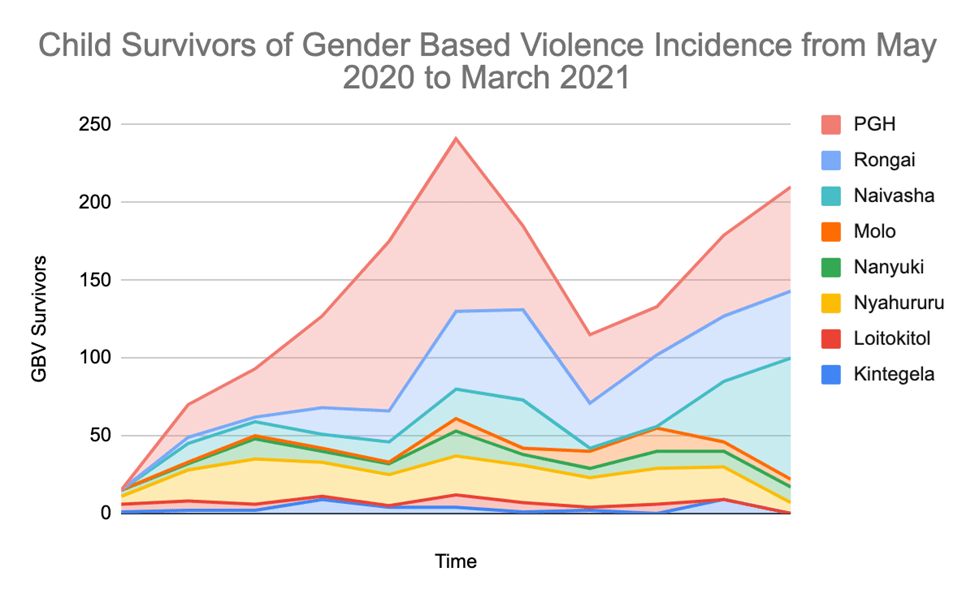Addressing Gaps in Gender-Based Violence Identification and Treatment
Why We Must Prioritize Children as a Vulnerable Population Disproportionately Impacted by GBV
By Krista Odom, Associate, West Africa
On August 19, 1982, appalled at Israel’s acts of aggression against innocent Palestinian and Lebanese children, the United Nations General Assembly appointed June 4 of each year as the International Day of Innocent Children Victims of Aggression. This day is designated to acknowledge children who suffer as victims and survivors of violence.
Gender-based violence (GBV) is a major global public health problem and a human rights issue. The United Nations defines GBV as an act that results in, or is likely to result in, physical, sexual, or mental harm or suffering based on gender, including threats of such acts, coercion, or arbitrary deprivation of liberty, whether occurring in public or in private life. GBV takes many forms, including physical, sexual, economic, and psychological. Although survivors and victims of GBV are found across all ages, children are particularly vulnerable. As an organization, WI-HER is dedicated to advancing development programs specifically by working to improve outcomes for marginalized groups, including children.
To address the gaps in healthcare in Kenya, the Afya Nyota ya Bonde project—with WI-HER taking the lead on GBV—implemented tailored interventions to build the capacity of national and county governments to plan, coordinate, and manage high-quality, cost-effective, accessible services. Under this project, WI-HER trained at the facility level to address gaps in GBV case identification, care, and documentation using the contextualized World Health Organization (WHO) curriculum for training healthcare providers and following up with iDARE coaching. WI-HER employed the implementation of the iDARE methodology to improve health outcomes by focusing on gender, youth, and social inclusion (GYSI) gaps.
The Government of Kenya has previously enacted several laws and has policies and regulations to prevent and control various forms of violence against children, including in the Constitution of Kenya (2010), the Sexual Offences Act (2006), the Children’s Act (2001), the Penal Code (2009), the Prohibition of Female Genital Mutilation Act (2011), and the National Gender and Equality Commission Act (2011). In coordination with the Kenya Ministry of Health, WI-HER began implementation in May 2020 and concluded in March 2021 within eight facilities in the Kenyan counties of Kakamega, Laikipia, Kajiado, and Nakuru. Within that time, 1,592 child survivors of GBV were identified in those eight facilities, where they received treatment and referrals.

As is clear in the chart, from the initial implementation of the WHO framework GBV training in May, improvements were seen across all facilities in the number of child cases that were identified and cared for. Due to lockdown and outbreaks as a result of COVID-19, there was a dip in the number of cases in the winter of 2020; however, the general trend is positive, reflecting a 424.5% change from baseline for children survivors. Through partnerships with the Ministry of Health, facility healthcare providers, and WI-HER, this increase is the ultimate reflection of the ongoing global priority to address children as a vulnerable population disproportionately impacted by gender-based violence.